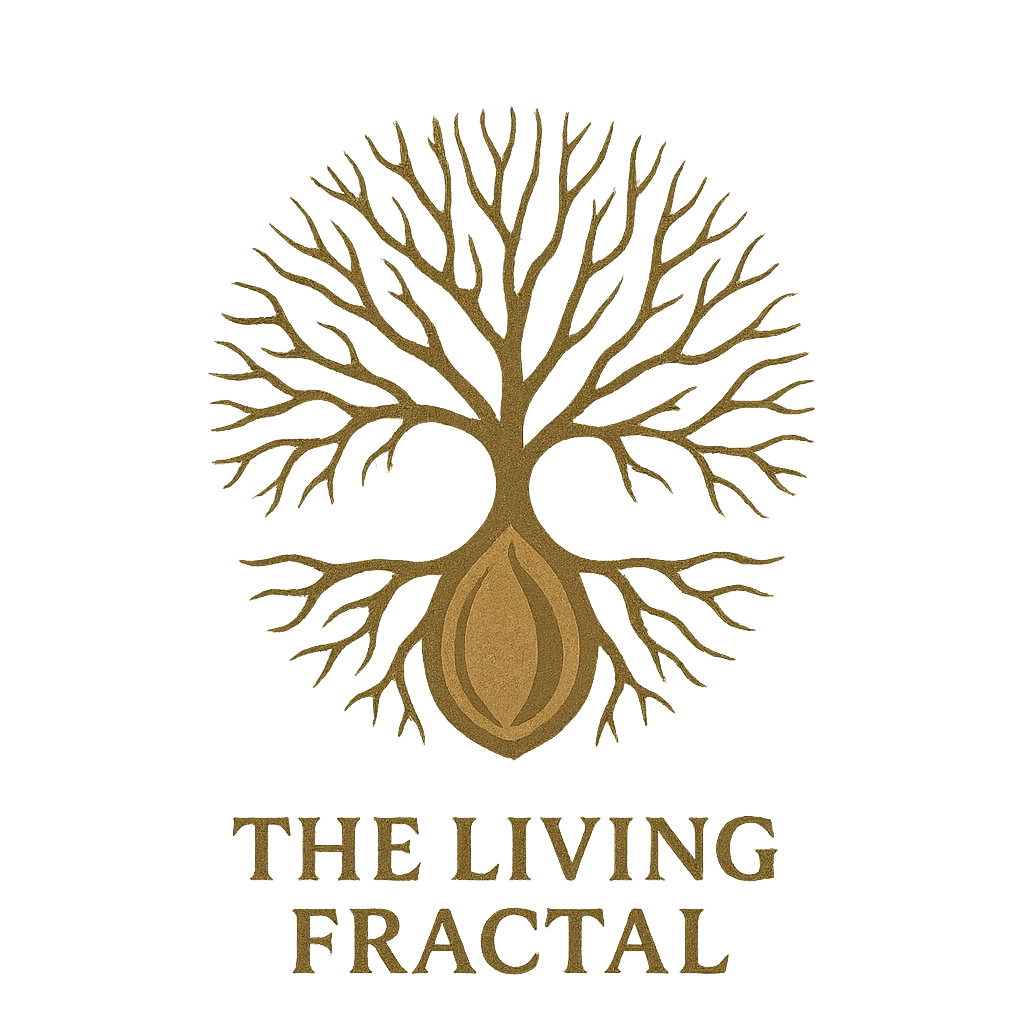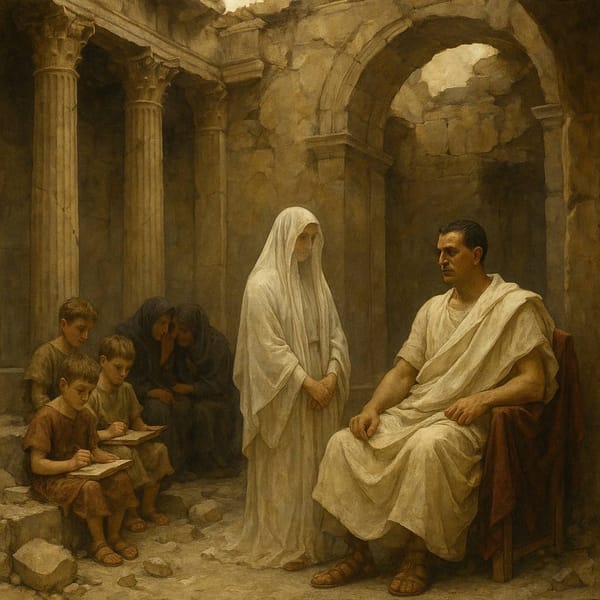The Breath Between Worlds: Vagal Awareness & Ancestral Regulation

A Living Fractal Exploration of Somatic Healing, Intergenerational Trauma, and the Nervous System
Introduction: The Pulse Beneath Time and Body
There is a breath — a subtle space suspended between what has been and what is becoming. Between the ancestors’ pain and our nervous system’s wisdom. Between the scars of history and the possibility of embodied presence.
This breath is both biological and spiritual, a portal where our inherited trauma meets the regulation of the vagus nerve, where the body remembers what the mind cannot fully grasp. It is where healing happens, in the liminal space between worlds.
I call this realm The Breath Between Worlds — a dance of vagal awareness and ancestral regulation, an emergent frontier in somatic psychology, trauma science, and ancestral healing.
Vagal Awareness: The Nervous System’s Conductor
Stephen Porges’ groundbreaking Polyvagal Theory reveals the vagus nerve as the master regulator of our autonomic nervous system, orchestrating how we move between safety, social connection, and survival states.
Slow, diaphragmatic breathing activates the ventral vagal complex, the “social engagement system,” calming fight-or-flight impulses and opening the body to presence and relational connection. This breath is not just oxygen—it is signal, safety, and release.
Our capacity to regulate breath and vagal tone shapes how we embody trauma and liberation alike.
Ancestral Regulation: Epigenetics and the Body’s Memory
Trauma is more than memory—it is embodied legacy. Cutting-edge epigenetic research (Yehuda et al., 2009) shows how stress and trauma rewrite gene expression across generations, manifesting in altered cortisol regulation, nervous system hypersensitivity, and embodied survival patterns.
This biological inheritance is a shadowed inheritance — ancestral grief, violence, resilience, and survival, encoded deep within our cells.
Neurogenic Tremoring: The Body’s Release
Peter Levine’s somatic work elucidates neurogenic tremoring—involuntary shaking that allows the autonomic nervous system to discharge chronic tension and trauma. This tremoring reconnects us to the animal wisdom of stress release, which human cultures have often suppressed.
When we allow our bodies to shake, to grieve, to move in this way, we step into a sacred regulation — one that interrupts cycles of inherited trauma and somatic constriction.
Somatic Practice & Ancestral Memory
Trauma travels beyond narratives, imprinting itself somatically (Koch et al., 2019). Through embodied therapies—breathwork, movement, touch—we access implicit generational memory, untangling the knotted past to reclaim autonomy.
Indigenous ritual breathwork (Torres & MacKenzie, 2020) bridges ancestral worlds and ecological belonging, amplifying vagal tone to enter transpersonal states of healing.
Ancestral Repair: Healing the Fractured Lineage
Resmaa Menakem’s My Grandmother’s Hands demonstrates that healing racialized trauma requires somatic, body-based interventions rooted in polyvagal theory. This ancestral repair work is vital across lineages — confronting colonization, war, slavery, and sexual violence’s intergenerational imprint.
Repair is embodied; it demands presence in the nervous system, breath, and ritual.
Breath as Portal: Psycho-Spiritual Integration
Ken Wilber’s integral psychology frames breath and awareness as keys to transcending linear consciousness, accessing pre-verbal and ancestral layers of experience.
Through breath, we enter a threshold — where personal healing becomes collective awakening, and ancestral grief transforms into embodied liberation.
Synthesis: The Breath Between Worlds
- Breath is both a biological function and a spiritual gateway; it modulates the vagus nerve, regulating the nervous system and opening the door to relational safety.
- Between worlds is the liminal space where inherited trauma surfaces and is processed somatically; where ancestral memory and present nervous system responses intersect.
- This synthesis is at the forefront of trauma therapy, somatic psychology, indigenous healing, and transpersonal work — creating new pathways to reclaim safety, embodiment, and love.
Why It Matters
In a world still scarred by collective trauma, disconnection, and ecological collapse, cultivating The Breath Between Worlds is an act of radical resistance and restoration.
It invites us to sit with ancestral grief without drowning, to feel the tremors of survival released, and to rewrite the nervous system’s story — from fear to presence, from fragmentation to coherence.
References
- Porges, S. W. (2011). The Polyvagal Theory: Neurophysiological Foundations of Emotions, Attachment, Communication, and Self-regulation. Norton.
- Levine, P. A. (2010). In an Unspoken Voice: How the Body Releases Trauma and Restores Goodness. North Atlantic Books.
- Yehuda, R., & Bierer, L. M. (2009). “Transgenerational transmission of cortisol regulation in offspring of Holocaust survivors.” Biological Psychiatry, 66(5), 430–436.
- Koch, S. C., et al. (2019). “Embodied self in trauma and intergenerational transmission.” Frontiers in Psychology, 10, 998.
- Menakem, R. (2017). My Grandmother’s Hands: Racialized Trauma and the Pathway to Mending Our Hearts and Bodies. Central Recovery Press.
- Torres, M. & MacKenzie, C. (2020). “Ceremonial Breath and the Ecology of Belonging.” Journal of Transpersonal Psychology.
- Wilber, K. (2000). Integral Psychology. Shambhala.




